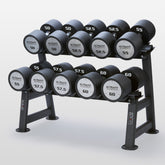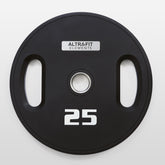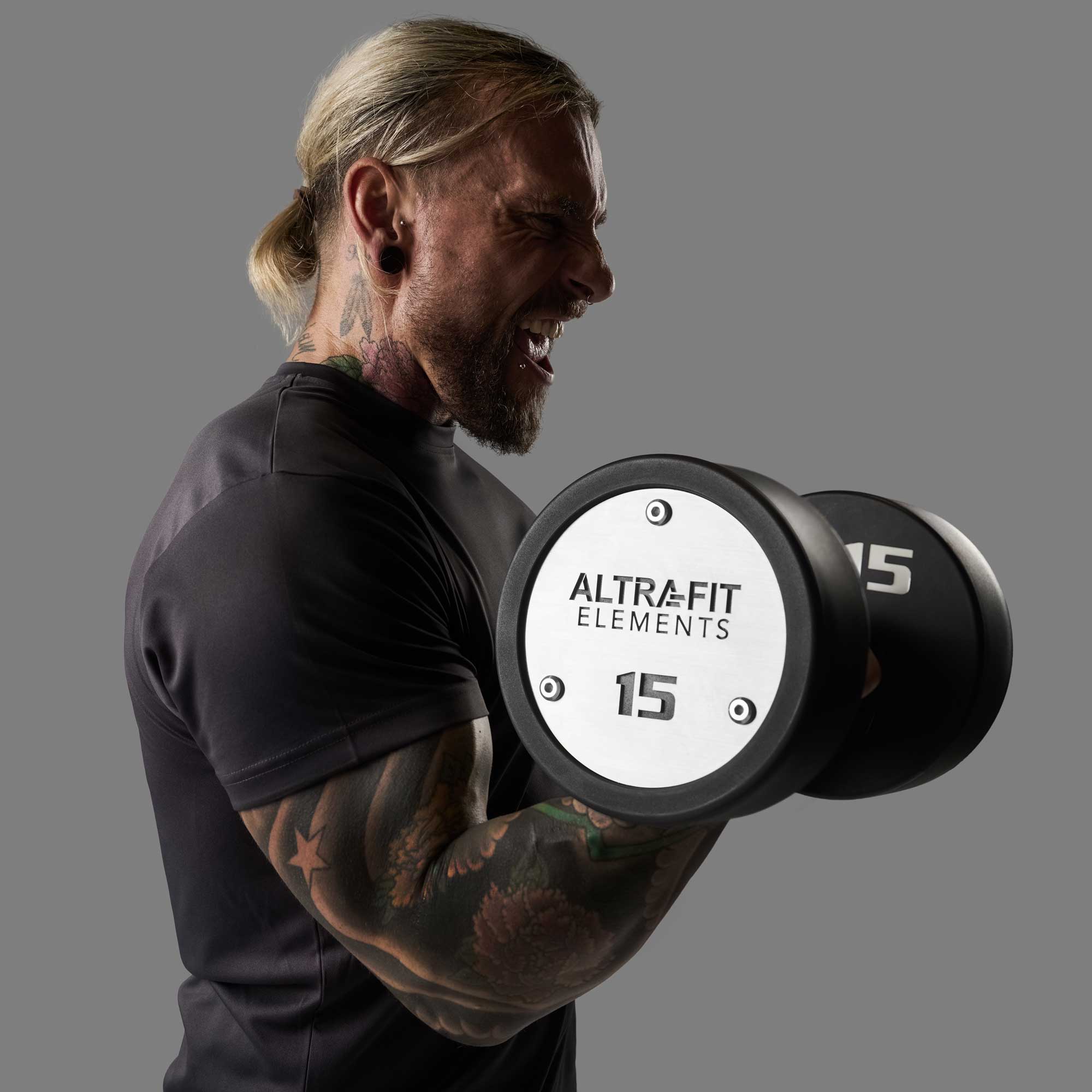Weightlifting, Olympic Weightlifting, Powerlifting: Explaining the differences
Weightlifting is an excellent form of strength training, helping build strength, size and power. In the realm of strength training, few tools are as versatile and effective as the humble barbell, weightlifting consists of exercises focused around the barbell. In this blog we’ll look at weightlifting, Olympic weightlifting, and Powerlifting, the exercises involved, the benefits and how they’re different.
Firstly, what is Powerlifting?
At its core, powerlifting is a competitive strength sport that consists of three primary lifts: the squat, the bench press, and the deadlift. Athletes compete to lift the heaviest weight possible in each of these lifts within their respective weight classes. Unlike weightlifting, which emphasizes speed, technique, and explosive power, powerlifting places a premium on maximal strength, requiring competitors to lift heavy loads with precision and control.
Powerlifting exercises:
The Squat:
The squat is often considered the king of lower body exercises, targeting the quadriceps, hamstrings, glutes, and lower back. In powerlifting competitions, athletes must descend until the hip crease is below the top of the knee, then ascend to a fully locked-out position. Variations include the low-bar squat, high-bar squat, and front squat, each emphasizing different muscle groups and mechanics.
Whether performed with a back squat, front squat, or overhead squat variation, this compound movement not only builds lower body strength but also enhances stability, mobility, and functional capacity. As you descend into the squat, focus on maintaining proper form – chest up, back straight, and knees tracking over toes – to maximize effectiveness and minimize the risk of injury.

The Bench Press:
The bench press is a quintessential upper body exercise, primarily targeting the chest, shoulders, and triceps. In competition, athletes must lower the barbell to the chest, pause briefly, then press it back up to full extension. Grip width, arch, and leg drive are crucial factors that can significantly impact performance and efficiency.
Lie flat on a bench with feet firmly planted on the ground, unrack the barbell with arms extended, then lower it to chest level before pressing it back up to full extension. Whether performed with a standard, close grip, or incline variation, the bench press epitomizes upper body strength and development.
The Deadlift:
The deadlift is a true test of full-body strength, engaging muscles throughout the posterior chain, including the lower back, glutes, hamstrings, and traps. Athletes must lift the barbell from the ground to a fully upright position, with shoulders back and hips fully extended. Variations such as conventional, sumo, and Romanian deadlifts offer versatility and cater to individual preferences and biomechanics.
With a firm grip on the barbell, hinge at the hips while maintaining a neutral spine, then drive through the heels to lift the weight off the ground. The deadlift not only promotes raw strength and power but also improves posture, grip strength, and resilience to injury. Whether performed with conventional or sumo stance, the deadlift remains a cornerstone of any well-rounded strength training program.

What is Olympic Weightlifting?
At its core, Olympic weightlifting consists of two primary lifts: the snatch and the clean and jerk. These movements, executed with precision and power, demand a combination of strength, speed, flexibility, and technique. While the sport holds a prominent place in the Olympic Games, its benefits extend far beyond the realm of competitive athletics, making it an ideal choice for beginners seeking to elevate their fitness journey.
The Snatch:
The snatch requires the lifter to hoist the barbell from the ground to overhead in one continuous motion. This explosive movement engages almost all muscle groups, including the legs, back, shoulders, and core, while simultaneously enhancing coordination and balance.
The Clean and Jerk:
In the clean and jerk, lifters execute a two-part movement: first, hoisting the barbell from the ground to the shoulders (the clean), then propelling it overhead (the jerk). This dynamic exercise not only strengthens the lower body and upper body but also hones in on the importance of timing, technique, and mental focus, and is often used in athletes training programmes across a huge variety of sporting disciplines.
Additional typical Weightlifting exercises
The Barbell Row:
To cultivate a strong and resilient back, the barbell row proves to be an indispensable addition to your strength training arsenal. This compound exercise targets the latissimus dorsi, rhomboids, traps, and biceps, while also enhancing grip strength and posture.
With a slight bend in the knees and a tight core, hinge at the hips while maintaining a neutral spine, then pull the barbell towards the lower chest, retracting the shoulder blades as you squeeze the back muscles. Whether performed with an overhand or underhand grip, the barbell row fosters balanced upper body development and functional strength.
The Overhead Press:
Rounding out our exploration of typical barbell exercises is the overhead press – a potent movement for sculpting strong and stable shoulders, triceps, and upper back.
Begin with the barbell racked at shoulder height, then press it overhead in a smooth and controlled motion until arms are fully extended. The overhead press not only enhances shoulder strength and stability but also improves posture, core strength, and overall athleticism. Whether performed standing or seated, with a barbell or dumbbells, the overhead press remains a cornerstone of upper body strength training.
Conclusion
These barbell exercises are some of the most effective compound exercises out there, and should be the cornerstone to any strength training routine. If you're looking to develop speed, power and athleticism then look to integrate Olympic lifting into your schedule.







